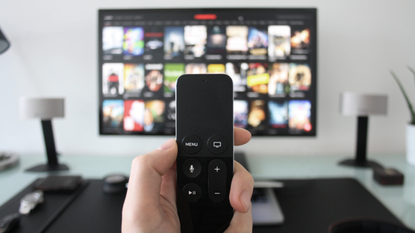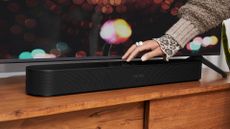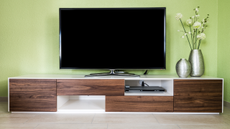The best TVs on the market today include only the highest quality HD, OLED, QLED, 4K and 8K models available.
This round up features the very best when it comes to sound, picture quality and overall UX. So if you're wanting to upgrade your viewing experience, we've got the perfect recommendations for you.
4K is pretty standard on all TVs in 2023, so now if you're wanting to invest in even more top-of-the-range image quality, you can also check out our guide to the best 8K TVs.
We've got something for every budget, size, and features, so whether you're a movie buff or a gamer, there are makes and models that will have everything you're looking for in a TV. Check out who made the shortlist below...
Best TV 2023
Why you can trust T3 Our expert reviewers spend hours testing and comparing products and services so you can choose the best for you. Find out more about how we test.
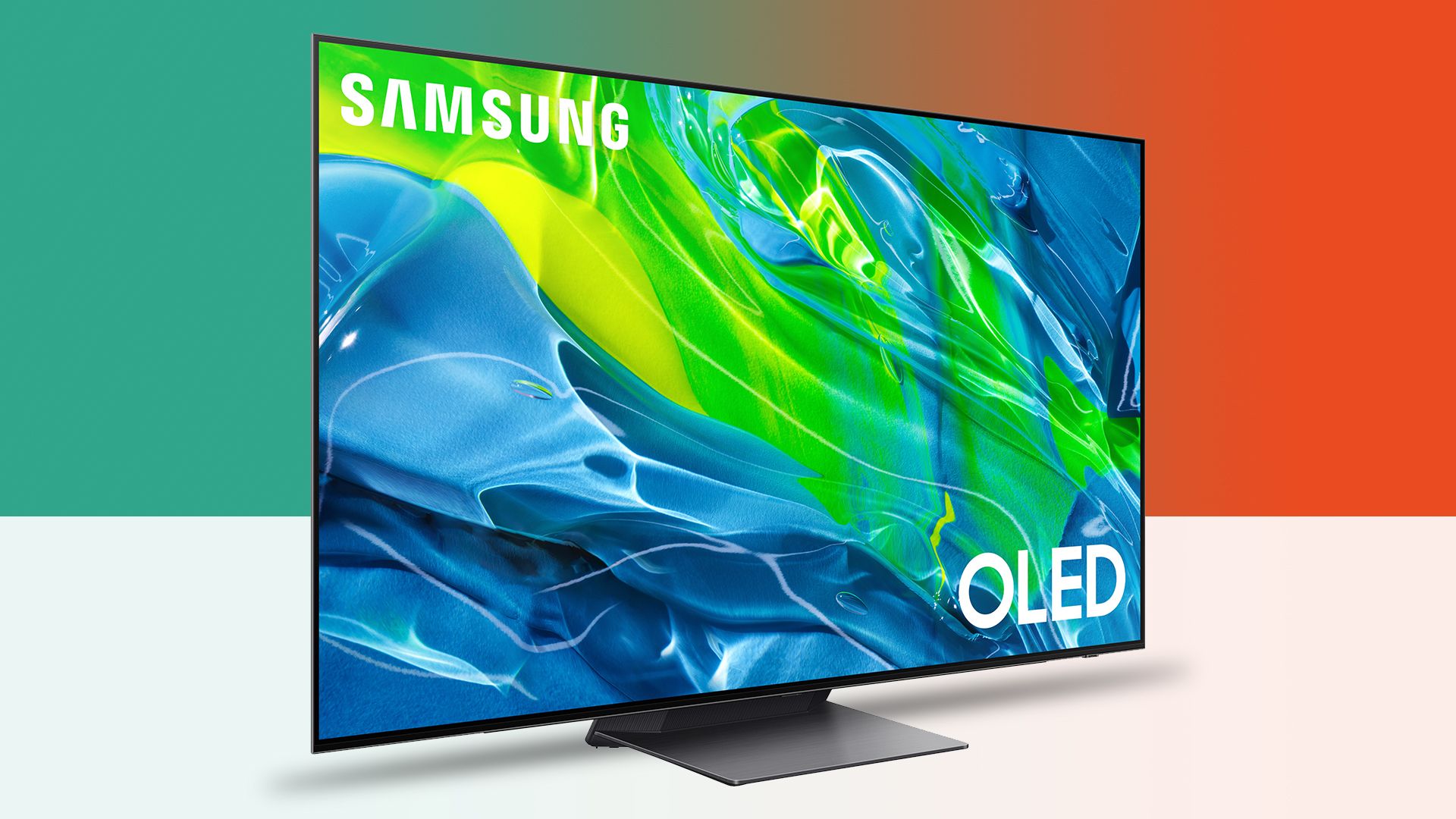
Even though Samsung doesn't position its first QD-OLED telly (what's that? here's an explainer) as the very best it offers, we think it's a stunning balance that, as said in our S95B review, "represents remarkable value for money, with awesome picture quality, a comprehensive smart system, and extensive gaming features".
Sounds like the S95B has it all then? The only real criticism is that the sound could be better, but you can always buy one of the best soundbars for Samsung TVs to help solve that. Oh, and Samsung simply refuses to support Dolby Vision for its HDR content, instead backing HDR10+ as its choice, but that's a minor misgiving in the order of things.
Want to know the full ins and outs about this stunning QD-OLED TV? Read our full Samsung S95B review for the bigger picture

This is the TV that keeps on giving, because not only is it a high-flier in T3's best OLED TVs category, it's an obvious candidate for this best TVs list too. The reason is simple: in our LG OLED C2 review we said that this is "the best OLED TV for most people", delivering great picture quality at a great price point.
Why not the step-up LG G2 in this position? Because that pricier OLED panel, while brighter and therefore more accomplished, is wall-mount only out of the box and, well, most people aren't likely to want that from an ease-of-install perspective. Read more about this alternative further down the page though.
LG is the daddy of all OLED panels (literally, it makes them for other brands) and so knows exactly what it's doing when it comes to delivering top-tier quality. It knows a thing or two about sound, too, except in the C2 it's not the best ever – so try and budget for one of the best soundbars for LG TVs too. The presence of multiple HDMI 2.1 ports means this is also one of the best gaming TVs you can buy as well, thanks to excellent variable refresh rate (VRR) support it's one of the best TVs for PS5 too.
Want to know if this OLED TV is the perfect partner for you? Read our full LG OLED C2 review to learn all the details
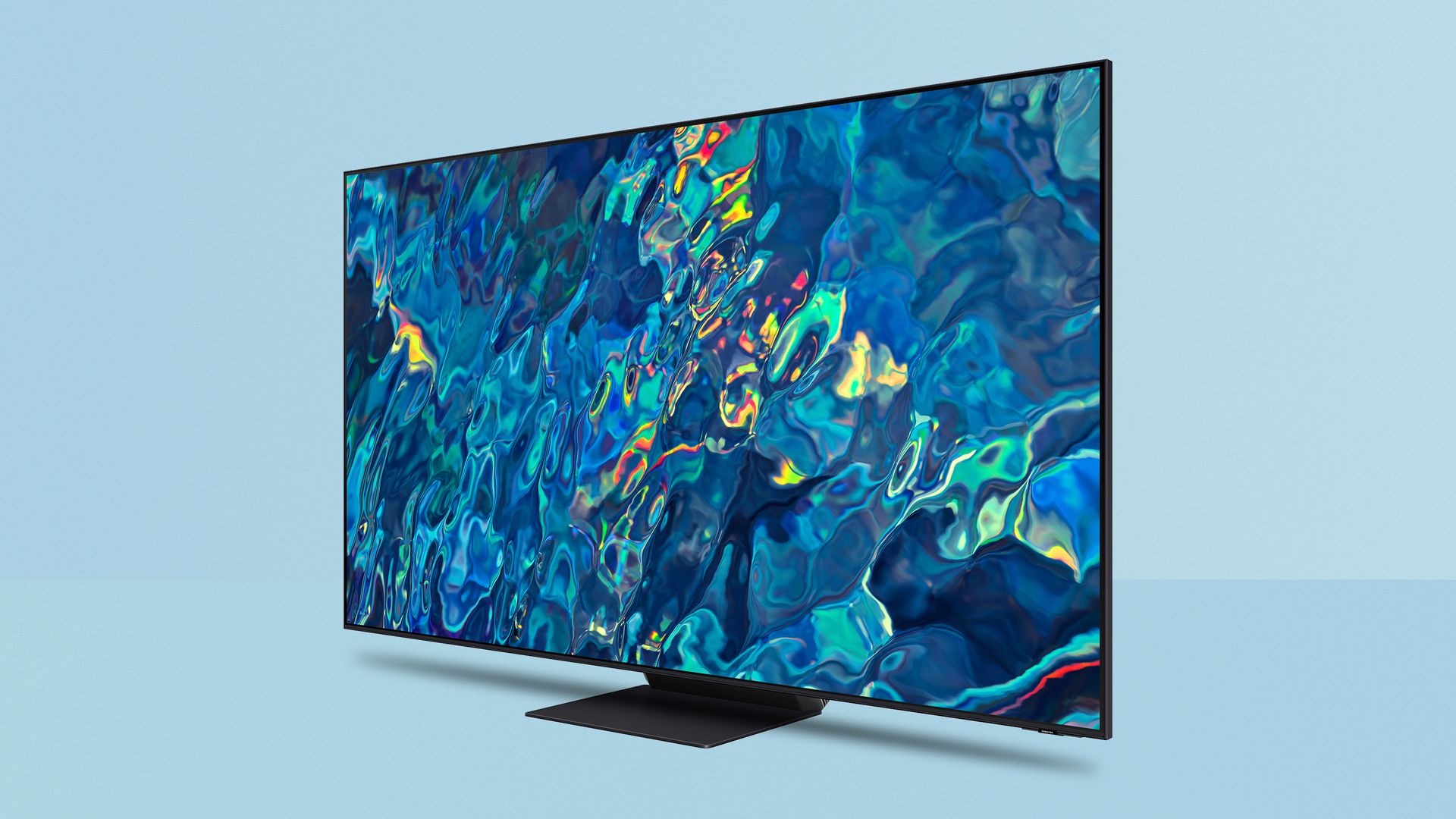
The Samsung 4K flagship from 2022 is an incredible thing, with its Neo QLED panel delivering almost searing levels of brightness, but packaged into a gorgeous, slim design that'll take pride of place in any room. This is a Quantum Dot Mini LED TV also manages to deliver black levels and colour reproduction to rival OLED though, which is massively appealing.
No, Samsung doesn't support Dolby Vision for its roster of HDR formats, but that's about the only real negative to be found here. If you're a gamer, in particular, then the separate One Connect box, with its four HDMI 2.1 ports, makes this the best TV for gamers – which is why it was the T3 Awards winner of both Best TV 2022 and Best Gaming TV 2022.
Want an ultra-bright and gaming-focused TV? Check out our full Samsung QN95B review to learn more about this superb set

Not looking for a gigantic TV (and, let's face it, more and more are only available from 65-inches and up) then Sony's got a refreshing tonic for your consideration: the X90K only comes in 42-inch and 48-inch formats. Its target is clear: to deliver the best quality from a smaller TV panel. And oh boy does it deliver.
It's not 100 per cent on point though, as we said in our A90K review: "you have to get beyond both the asking price and the shortage of out-and-out brightness". But it acquits itself well: "when you do so, you’re left with a tiny OLED TV that’s capable of big image quality." It's also adept for gamers, thanks to four HDMI 2.1 ports, whereas most competitors only offer two with that spec.
If you're looking for a small-yet-premium 4K TV then read our full Sony A90K review to see if it's the winner for you

If you're looking to wall-mount a TV then this is the one destined for the job: LG's OLED G2 doesn't come with a stand-mount, it's strictly designed for the wall only. And once it's up there it'll look stunning thanks to a slender design and picture quality that's brighter than even its LG OLED C2 cousin.
That's the key takeaway with the G series model: it's LG's best panel each time around, ensuring an optimum OLED image without rival (well, until the LG OLED G3 launches anyway) given the punch of brightness. You'll need to pay extra for that privilege of course, but for many that'll be worth it, so long as you can forego the presence of HDR10+ (which, given it's Dolby Vision capable, will be no bother to many).
Ready for wall-mounting an epic set? Read our full LG G2 review to see why this is the ideal telly for you
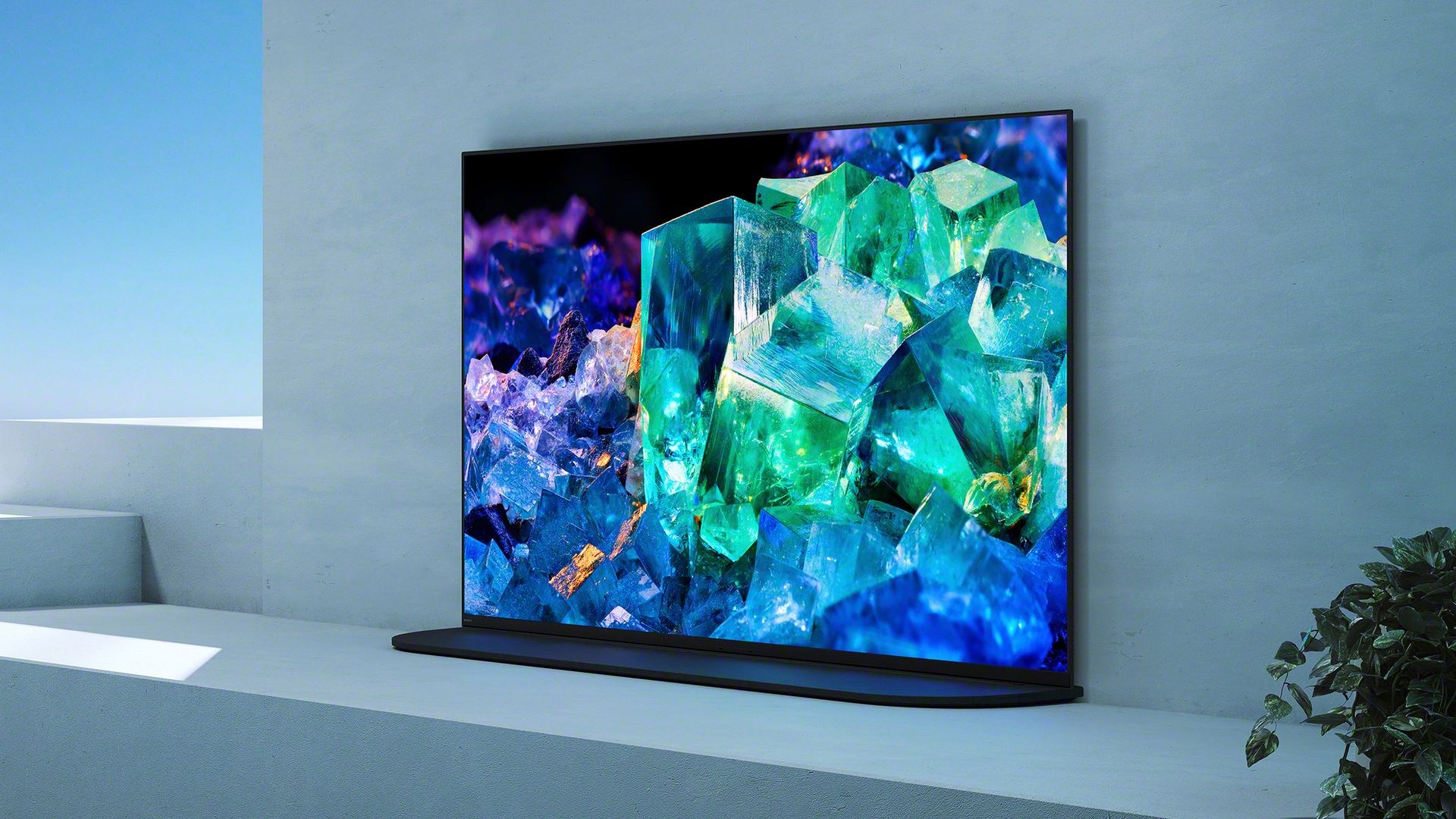
If money were no object then, in many ways, Sony's QD-OLED champion would beat Samsung's S95B option further up the page. The Sony sounds better for starters. Its pictures are more nuanced and believable too. But it doesn't half cost a lot.
Still, it'll be well worth it for some cinema fans. As we said in our review: "there's so much good to be gleaned from the Sony A95K", going on to praise its brighter-than-standard-OLED picture quality and making it "pretty much by default the best all-round 4K TV we’ve ever seen".
That enough to convince you? If not, read our full Sony A95K review to get the bigger picture on why this QD-OLED TV is so impressive
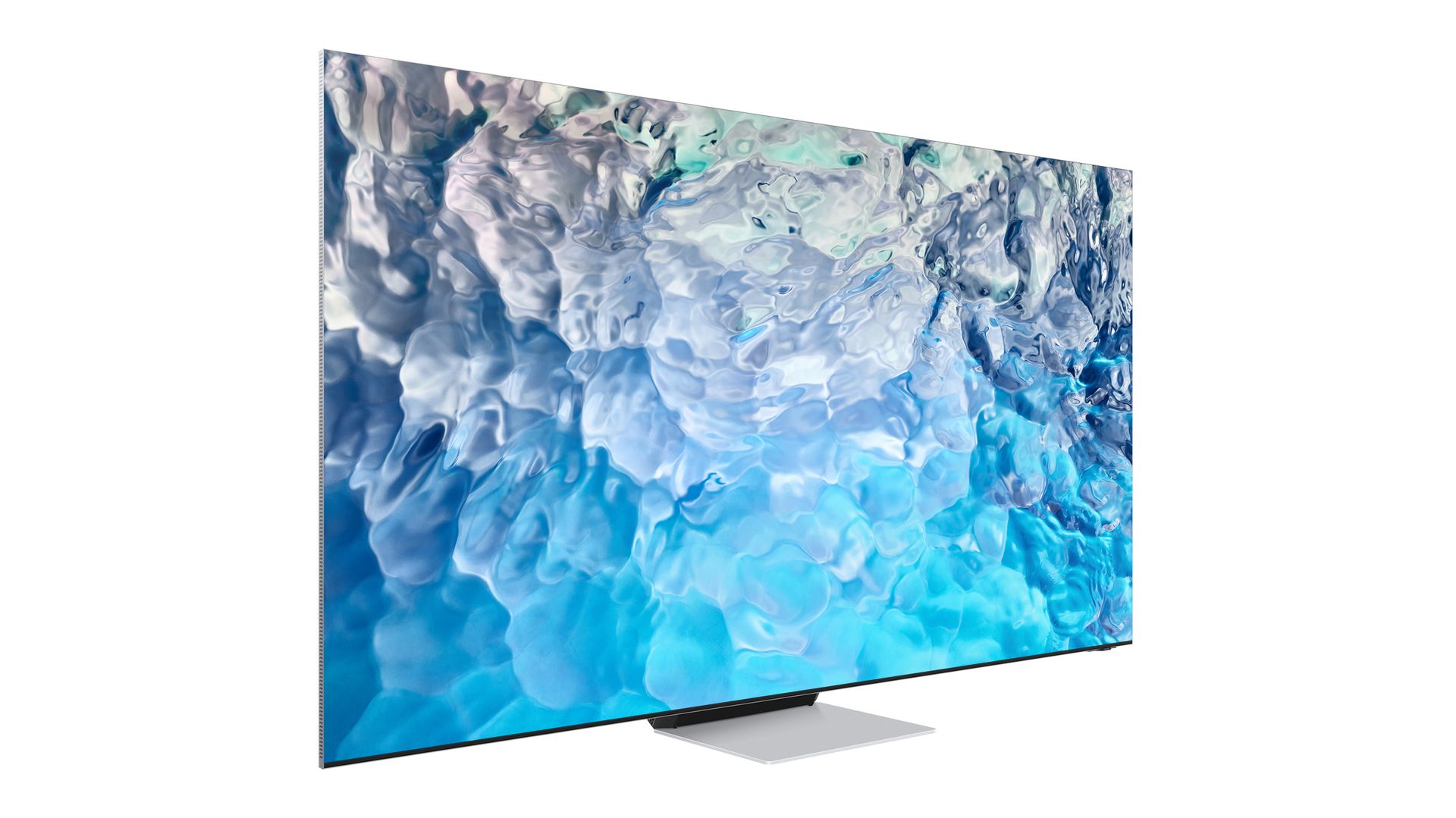
The QN900B isn’t just one of the best 8K TVs we’ve reviewed, it’s also one of the best-looking, too, featuring a sleek design that only requires a single cable when wall-mounting thanks to Samsung’s proprietary One Connect box (an off-the-TV connection box).
The inclusion of a comprehensive smart TV platform and extensive next-gen gaming features ensure the Samsung QN900B is among the best 8K TVs you can buy, and that Samsung continues to dominate this nascent segment of the TV market.
While these are premium prices, the QN900B is the top of Samsung’s 8K range and delivers the very best when it comes to the company’s picture processing and features. For those who prefer 8K without the hefty price tag, there’s also the Samsung QN800B(opens in new tab) and QN700B(opens in new tab). The former offers the same screen sizes, while the latter drops the 85-incher in favour of a 55-inch model.


The Samsung QN90A is the flagship 4K model from the company's 2021 range, and was the first to use the new Neo QLED Mini-LED display tech. The results are utterly incredible. "From its stunning control of precise light and dark to its generous helpings of detail and smooth motion control, it impresses start to finish. As the total image package, it edges out the OLED TVs we've seen so far," our review says.
Mini-LED tech is exactly what it sounds like – Samsung says its LEDs are 40 times smaller than previous models, which means it can can pack in more of them, but also create smaller and more precise dimming zones. That means this set can really blast out bright HDR peaks, but also offers basically the best control of bloom from light areas to dark that we've ever seen outside of OLED TVs. Combined with latest generation of Samsung's image processing, everything you can throw at it looks astounding, even when being upscaled.
It's also future-proofed thanks to having four HDMI 2.1 ports, and we also love that those ports are concealed in Samsung's One Connect box, which is totally separate to the main body of the TV, connecting to the panel by just a single cable. It means you can hide away cable clutter, and really shows off how good the design of this TV looks… and it looks good. At 25mm thick, it's a work of art itself.
The on-board smart options are excellent too – Samsung's Tizen platform is really easy to use, is packed with streaming apps and other options, including a new Game Bar that will be genuinely useful to those who want the best from their gaming hardware.
Our full Samsung QN95A/90A review digs deeper into why this TV edges out the competition as our pick for the best TV available as a showpiece for Samsung's image quality, and the Mini-LED 'Neo QLED' tech powering it."


When it comes to value, you can’t beat the TCL 6-Series. It packs features into the set you usually need to spend some serious cash for – and it does it for well under $1,000. Along with QLED tech, the latest model uses mini-LED backlights, which makes the TV much brighter than the usual backlights you find on many cheaper units. Mini-LEDs are grouped into small bunches to allow for more precise local dimming. That creates nice contrast, too, though not as good as you’ll find on OLEDs. The 6-Series comes in 65, 55 and 75 inch models to match your room size.
Perhaps best of all is that the TCL 6-Series comes with Roku baked in – it’s the system’s smart OS. That means you get all the apps and ease of use of a Roku unit without having to use one of your HDMI ports or attaching a separate streaming unit.
Gamers will love that the 6-Series supports auto game mode and variable refresh rate – both important for next-gen consoles such as the PS5 and Xbox Series X. It’s THX certified for game mode at 1440p/120 Hz (though it won’t do 4K at 120Hz) and its low lag time means you can’t blame the TV for any gameplay problems.
Buying Advice
Which TV is the best to buy right now?
Our overall top choice of best TV is the phenomenal Samsung QN90A. This 4K mini-LED screen has Samsung's NEO QLED designation and is a testament to just how good this technology can be. It has contrast and blacks that will give even the best OLEDs a run for their money and will please serious gamers too, with its 120Hz display, 4 x HDMI 2.1 ports and auto low latency mode.
For incredible 8K performance, look no further than the Samsung Q950TS. This 8K QLED screen combines high vibrancy with class-leading HDR performance and sensational color reproduction, plus its upscaling really does make 4K video look close to 8K – it genuinely makes 4K look better than it would normally, which is great at bigger screen sizes. Thanks to an innovative full-array backlight, it not only delivers convincing shiny highlights but also does a fine job managing deep black levels. It also supports next-gen gaming features, including 4K at 120Hz and Variable Refresh Rate.
If you're looking to come into more realistic price ranges, we'd suggest the Samsung Q90T/Q95T as the best LED TV pick, or the LG CX as the best OLED TV pick.
How to choose the best TV for you
Shortlisting your next television can be a complicated business, but a few simple rules of thumb will help.
As we move from HD to 4K and ultimately 8K, screen size becomes a key consideration. To see incremental differences in resolution, you’ll probably need to buy a bigger screen than you had previously, or move your seating closer. Long story short: think big, then buy bigger.
Then there’s the viewing environment. If you tend to watch in high ambient lighting, or during the daytime, an LED or QLED screen will typically serve you better. If you prefer to view with low or no lighting, an OLED will deliver greater subjective contrast and shadow detail.
Smart platforms are no longer a decisive reason to buy. All TVs are smart these days, and the choice of apps ubiquitous – focus on image quality, price and any other features you're keen on.
That said, 4K TVs are cheaper than ever and most of them are Smart TVs, meaning all major streaming services including Netflix, Prime Video, Disney+, YouTube, Apple TV and Rakuten are built right into the display.
Better still, most TVs today improve image quality on their own with image enhancing processors built-in, so most non-4K content looks incredible when upscaled or downscaled appropriately. Some the best gaming TVs even have ability to optimize the display for PlayStation 5 and Xbox Series X gaming, enhancing response times and improving image quality like never before.
Hoping to save some cash? We've got guides to help you find the best TV deals happening right now including a guide to find the best TVs under $1000 today. As the latest tech drops, you'll find last years 4K TVs on sale for incredible prices. Be sure to take a look!
For advice and guidance on selecting the right display, head to our TV buying guide for more info.
Should you upgrade to a 4K TV?
Yes, definitely (although, to be fair, if you buy a new TV that’s what you’re going to get whether you like it or not).
The resolution of 4K/Ultra HD is four times higher than Full HD, at 3840x2160. It means a far more detailed picture, with content requiring a lot more bandwidth and storage space. 4K TVs tend to be good at upscaling HD video to Ultra HD, and native 4K content is now widely available from a variety of sources.
Our advice? Replace your HD screen with a larger 4K UHD model to really enjoy the resolution benefit. Similarly, buy a larger 8K TV than your 4K screen, if you’re stepping up again.
What are the best types of TVs right now?
OLED TV
The lighting on OLED (organic light emitting diode) TVs is achieved by passing an electric current through an emissive, electroluminescent film. This technique produces beautiful color and high contrast and also enables screens to be extremely thin and flexible. LG Display is the only supplier of 4K OLED screens to mainstream TV manufacturers, meaning they all use the same panels, but picture processors and implementation all vary, so you can still expect differences between brands.
Quantum Dot/QLED
Samsung is the leading exponent of QLED, a variant of LED LCD display technology that uses a highly efficient Quantum Dot filter that increases brightness and color volume. QLED screens with a full array backlight offer the best performance when it comes to HDR peak brightness and LCD black level control.
LED TV: Direct LED
Sometimes called FALD (Full Array Local Dimming), these displays are backlit by an array of LEDs (light emitting diodes) directly behind the screen. This enables localised dimming – meaning immediately adjacent areas of brightness and darkness can be displayed more effectively – and greatly improves contrast.
LED TV: Edge LED
With these Edge LED TVs, the LEDs of the backlight are mounted along the edges of the panel. This arrangement enables radically slender displays, but can't achieve the same picture quality as directly lit LED sets. However, Edge LED displays do come in far cheaper which is why the more budget LED TVs out there use this technology.
What to look for when buying the best TV for you
Here are some of the things we look for when we review a TV screen, so you should, too...
Contrast: Bright whites shouldn't have any signs of green, pink or blue in them, while blacks should look solid and not washed out, grey, green or blue.
Colors: Look at how bright and solid they are; how noiseless their edges are; how 'dotty' richly saturated areas are and how natural skin looks, especially in dim scenes.
Fine detail: How much texture does the screen give? Does a tree look like a green lump, or can you see the individual leaves?
Edges: Check for ghosting, bright halos and jaggedness, especially around curves.
Motion: Check moving objects and quick camera pans for smearing or blurring, trailing, jerkiness and fizzing dotty noise.
Image artefacts: Look for blockiness, color bands, grain, smearing, dot crawl: anything that looks like it's added by the TV’s picture processing engine.
How many HDMI ports do you need?
For a living room TV you should be looking for a minimum of three HDMI inputs, but ideally, four if you want to attach a set-top box as well as games consoles, Blu-ray player and a media streamer.
Is sound quality important when selecting the best TV?
To provide the best audio to complement the pictures, your TV should be hooked up to a separate audio system, be it soundbar or home cinema separates, but this isn't always an option. So, here's what we listen for when testing a TV's speakers:
Bass: Deep, rounded rumbles that don't cause the set to rattle or speakers to distort cramp or overwhelm the rest of the sound; but that expand when needed.
Vocals: Voices should sound open, rich and clear, not boxed in, nasal or thin.
Trebles: Treble effects should sound clean, rounded and smooth in loud scenes and shouldn't dominate the soundstage.
Soundstage width/depth: A good TV should throw the sound away from the TV, to the sides, forward and back, to give an extra dimension to what's on screen, without losing any coherence.
Is it a good time to buy a new TV?
We tend to say this all the time, but now really is a great time to invest in a new TV!
4K resolution opens the door to more detail without any obvious onscreen pixel structure, while wide color gamut panels and high brightness panels make for vibrant, color-rich images, even when viewing regular HD TV channels.
The quality of HD upscaling has also never been better, as the power of image processors grows exponentially. All the main TV brands are now fast-tracking image processing which utilizes advanced AI with Deep Learning and Machine Learning, for better picture clarity.
With high dynamic range (HDR), images enjoy a greater sense of realism. HDR is basically a technology that enables TVs to show a broader range of colors and brightness, closer to what the eye is capable of seeing. Bright highlights, such as reflections and fireworks, glint and glow more realistically. HDR also allows for greater subtle shadow detail, adding extra depth.
There is a caveat though. Cheaper LED screens may claim HDR support, but they often lack the inherent brightness to actually do much with it. At the high end, the dynamics will always be more pronounced.
HDR comes in a variety of flavors. Static HDR, aka HDR10, is the standard. It’s used on UHD Blu-ray and by streaming services. Dolby Vision and HDR10+ are dynamic HDR variants, able to optimize HDR characteristics on a scene-by-scene basis, thanks to the use of dynamic metadata.
Dolby Vision is the more widely used of the two. It’s favored by Netflix, Disney+, Apple TV/iTunes and UHD Blu-ray. HDR10+ appears on some discs but is more commonly used by Amazon Prime. Most manufacturers support one or the other; a few (Panasonic, Philips) favor both.
HLG is a live broadcast HDR standard, still largely undergoing trials – support is widespread.
Audio is often a key differentiator between models. Flagship 4K TVs tend to have enhanced sound systems, often with support for Dolby Atmos, the immersive 3D sound format. If you invest in a sound system or soundbar with support for vertical audio channels, this can create a 'dome' of sound with precise 3D positioning for all sounds – it's really quite remarkable.
